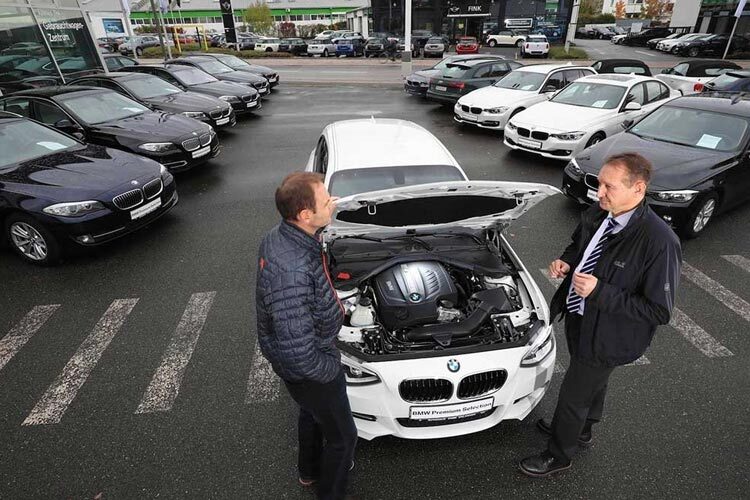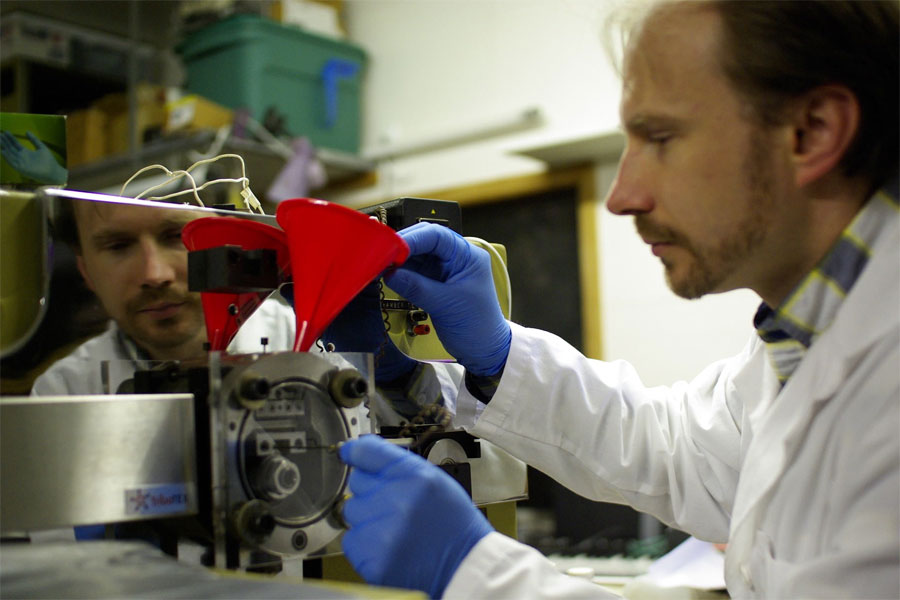Buying a used car could bring plenty of advantages but also some significant disadvantages. Buying a used car could save you a lot of money. It is 50% cheaper than the actual price. It’s already thoroughly evaluated. There’s no excessive customized fee and low customization cost.
But, alongside these advantages, it is essential to ensure that the car had not dealt with any severe road traffic accident because this, in the long run, could affect the safety of the vehicle and can also be troublesome for your pocket.
Here is a list of signs that could help you determine whether the car has undergone any severe accident in the past or not.
So be sure you know all these signs before you buy a used car. Two essential things to be done first is to check the vehicle physically. A physical evaluation is a must, and the second is to check the history report of the used car.
Physical Evaluation
We are evaluating the mudguard and bumper for cracks in the fundamental part of physical evaluation.
The bumper and the mudguard are light in weight, and in case of an accident, these two parts are likely to be damaged at once. It is essential to look at both the ends of the car.
Look For Any Prominent Cracks
The essential thing to look for the signs of cracks is to run your hands over the bumper and the mudguard. Suppose you feel inconsistent or bumps over the surface. That’s your hint. These bumps are due to the filler that is incorporated over the damaged, cracked areas.
Next is to check the main car line. Level yourself down, according to the main car line. If the line is straight and evenly placed and the paint is usually reflecting that means, there’s no issue, but if the line is uneven and the color of the car is abnormally reflecting, that’s your clue that the car parts are hammered out for correction.
The car doesn’t need to deal with an accident, but such unevenness of the leading car line could lower the cost even more.
If there’s a small crack in the windshield, there’s a possibility that it had been smashed in the past. Don’t run away; the best option is to get the windshield replaced at the seller’s expense.
Checking The Alignment of The Car
Look for accurate alignment. When the door of the car and the bonnet are closed with correct alignment, they tend to flush with other panels of the vehicle.
The car door must show adequate even gaps between one another; however, in case of an accident, there will be UN even differences between the door and no straightness will be found from head to toe.
Check The Tires
Evaluate the tires of the used car. If there’s a misalignment in the tires’ pace, it means that the outer frame of tires is showing the defect.
While looking for the tires, it is essential to check the undersurface of the cars too. Use your mobile torch, and your hands bend down and look for rust or any dents.
If the seller uses many kinds of air fresheners, that means the dashboard lights or any other electronic device inside the car had been flooded, and the seller is using the air fresheners to cover up the damp smell of the water.
Headlights Are Worth Noticing
Check the alignment of the headlights and look for the evenness of the light passing through the flashlights. If one torch shows a more accurate reflection of light and the other a little damper, that means they are replaced. Open the bonnet and look for internal damage.
Always drive the car before saying yes. Evaluate the steering. Whether it is making any suspicious noise or not. Look for the sound of the wheel.
Any tapping may give you a hint that something is up with the piston. If you see lots of issues, it is better to stay away from such a used car, and it’s better to wait a little more.
Check if The Paint Texture is Even or Not
Dodgy paint is another clue for you. If one side of the card shows a different texture of colour compared to the other, that means the vehicle has been repainted. Always determine the paint from the hands of the car. Look for the unevenness of the paint and different reflections of the color.
In many areas, the car is undercoated to prevent wear and tear of the vehicle, and this undercoating is also done to hide the repaired work. And if you see freshly placed undercoating, that’s your clue that the car has recently been restored.
Next, open the bonnet and look for the condition of the screws holding the mudguard if they vary in size and type that means that they had been replaced, and the fender had been replaced at some point.
Some work of repair requires welding, and for welding, it is essential to remove the paint as these areas are made up of steel, and they have the chances of picking rust. The best part to look for such a condition is the engine bay because it least checked while buying a car.
Finally, before buying the vehicle, it is essential to have a mechanic alongside that can check adequately and thoroughly.
History Evaluation of The Used Car
Check the vehicle identification number, which consists of 17 numbers and capital letters.
It gives you information about whether the vehicle is stolen or recalled. It is present over the dashboard. You can evaluate it even from the outside of the car by standing at the driver’s door side.
Check auto-check and carfax for VIN. By using these, you can check the license plate number as well. You can use carfax and auto check to get a complete report of the history of the automobile. But this comes with a bit of a cost.
Next car history will help you determine the amount of repair that has been done over the years.
Conclusion
Buying a new car that smells great and fresh. Is that all you need… it’s going to cost you a lot more than you could imagine.
Right, buying a used car comes with a significant amount of stress, and, time-consuming, but it will be under the budget. So before purchasing a new vehicle, always look for the above signs and then decide.













